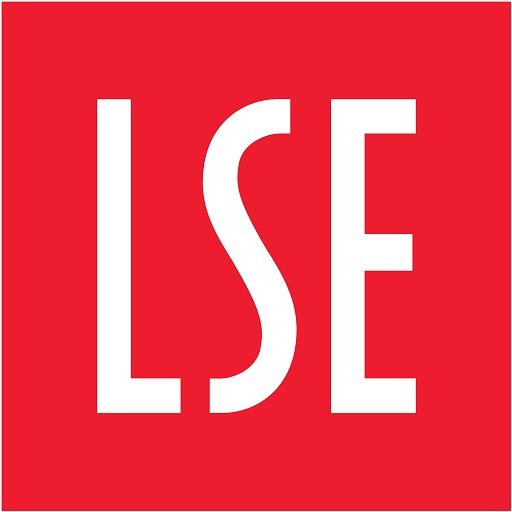Since the ECJ ruled in the Murphy case on 4 October, discussion has focused on what the ruling means for satellite broadcasters and consumers. On the one hand it seems to be a victory for consumers who can freely use decoders across border. On the other hand pub owners such as Karen Murphy are still not allowed to use these for showing matches in public. However, by stating that the sport itself is not copyrightable as a creative work, but that the packaging around the broadcast is for the purpose of ‘communication to the public’, the ruling challenges us to identify the intellectual creation in sports coverage.
At a City University debate on the case, Jonathan Griffiths, of Queen Mary University, proclaimed that “We are in the midst of a copyright revolution”. Griffiths said that following the Murphy ruling, courts will now find it difficult to argue that no creativity is involved in the production and broadcast of sporting events. The ruling itself cited that the opening sequences, the anthem and other elements did qualify as intellectual creation, but as others at the City event pointed out, the producers and directors who decide which shots to use and when to replay also contribute their creative intellects.
Jeremy Phillips, an intellectual property consultant at Olswang LLP, suggested this could be taken further, citing the sport’s “carefully crafted moves” as reasons it should be considered a creation. Ballerinas spend countless hours in training, enduring physical ailments that often last a lifetime to perform a series of calculated body movements before changing audiences night after night. If the intellectual creation of “Swan Lake” is not called into question, and there is intellectual creation in a production based on the individual work that goes into performing it, perhaps Manchester United players are not so different. Are not the both the skills and antics of Wayne Rooney part of Premier League show? Now that the ECJ has given space for sports broadcasts to be considered intellectual creations it is time to decide where to draw the line.
The more complicated questions that follow are then who are the exact owners of the creation and what exclusive rights do they possess – the coaches creating the calculated moves, the athlete performing them, the producers choosing the shots, the FAPL, and Sky?



I am confused. At paragraph 06 of the ruling the Court said: “FAPL cannot claim copyright in the Premier League matches themselves, as they cannot be classified as works” and at paragraph 98: “However, sporting events cannot be regarded as intellectual creations classifiable as works within the meaning of the Copyright Directive. That applies in particular to football matches, which are subject to rules of the game, leaving no room for creative freedom for the purposes of copyright.”
I thought the Court only considered the “get-up” of the broadcast as copyright works which, if saturated enough in a broadcast, could amount to a work?
I meant paragraph 96 for the first quote!